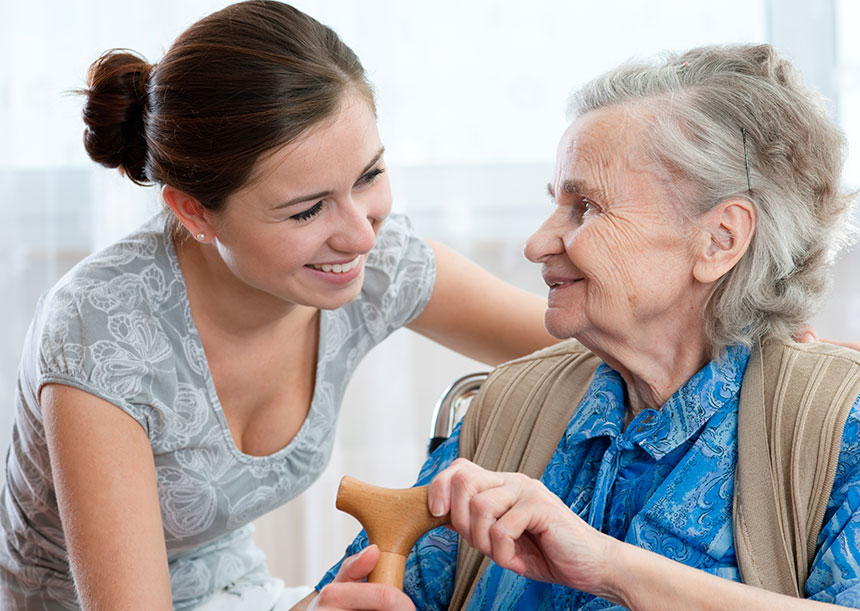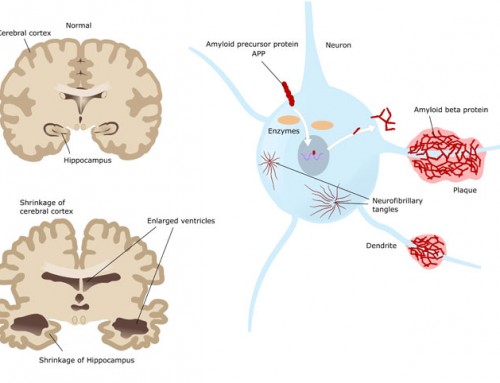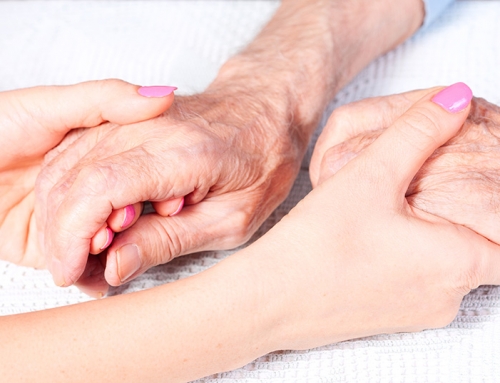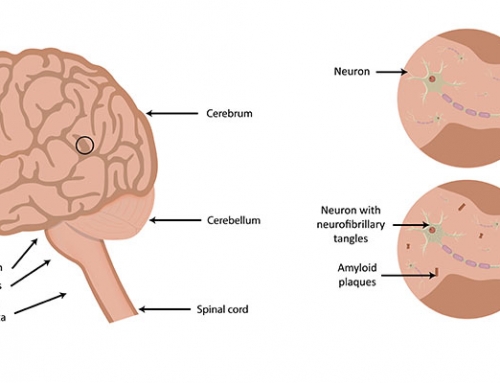[Updated 2015 Sep 24]. In: Pagon RA, Adam MP, Ardinger HH, et al., editors. GeneReviews® [Internet]. Seattle (WA): University of Washington, Seattle; 1993-2015.
Caring for a person with Alzheimer’s disease. (Page Last Updated: January 22, 2015). Alzheimer’s Disease Education & Referral (ADEAR) Center – A Service of the National Institute on Aging, National Institutes of Health.
How to care for someone with Alzheimer’s Disease
If a loved one has been diagnosed with Alzheimer’s, it is important for family members to understand the expectations and requirements of ongoing care. To care for someone with Alzheimer’s, understanding the disease is a must. Through learning, family members and caregivers would know what to expect in regards to signs, symptoms and behavior of their loved one as the stages of Alzheimer’s disease progress over time. The disease symptoms and rate of progression will vary from person-to-person, but the symptoms will become worse regardless, and the caregiver will have to learn and adapt.
One of the main objectives as a caregiver is to guide the Alzheimer’s patient to do things independently while they can. If the patient’s daily activities are kept in a normal routine, it will help them to feel more familiar and comfortable. The caregiver should try to find things that their loved one can still do, but maybe with a different approach. For example, if laundry washing is too labor intensive, an Alzheimer’s patient could instead help to fold laundry.
The caregiver should think of ways to help with the memory of their loved one. For example, the Alzheimer’s patient could carry around a notebook for recording important information, such as appointments, address or list of things to do. The caregiver could also put notes on walls or fridges as a reminder of important events, and labels on containers describing the contents. The caregiver should also lock up knives, scissors and other hazards, and keep medications safely in a locked cabinet to prevent accidents from happening.
In terms of daily care, the loved one will eventually forget to do (or how to do) everyday tasks, such as grooming, bathing or getting dressed. The caregiver could write down the tasks as easy to read, step-by-step directions. Before the disease progresses too far, there will be simple things that Alzheimer’s patients are still capable of, such as brushing hair or teeth, and they should be allowed to do these tasks independently while they are still able to. It will often be necessary to install bathroom home devices designed especially for self-care to allow this independence. These include safety frames and raised toilet seats for the toilet, bath chairs and grab bars for showers and non-slip rubber mats in the shower or bathtub. For safety elsewhere in the home environment, the caregiver should make sure the corridors are clear of clutter and lit up, the stairs should have a good railing for support and nightlights could be installed near the bed.
It usually becomes increasingly more difficult for Alzheimer’s patients to communicate with their caregivers and family. The caregivers and family members should be positive and patient when trying to understand the words and gestures of the Alzheimer’s patient. They should also talk simply, calmly and slowly to allow time for them to process and understand the conversation. Non-verbal communication, such as presence, gesture and attention, are also important to the loved one, and this will help with dealing with their frustrations and/or mood changes.
Taking care of a loved ones diagnosed with Alzheimer’s could last for years, and it can be mentally and physically draining for the caregiver. Therefore, it is essential that the caregiver needs to take care and maintain his or her own stress level, taking some time off for a break once in a while. It is also important for a caregiver to have a group of friends or support team, or else it would be very difficult to continue and remain positive in the long run.
References:
Alzheimer’s Disease Fact Sheet. (Page Last Updated: July 20, 2015). Alzheimer’s Disease Education and Referral (ADEAR) Center – A service of the National Institute on Aging, National Institutes of Health.
Bird TD (1998). Alzheimer Disease Overview.
DNA In the News2017-04-06T00:20:03+00:00






